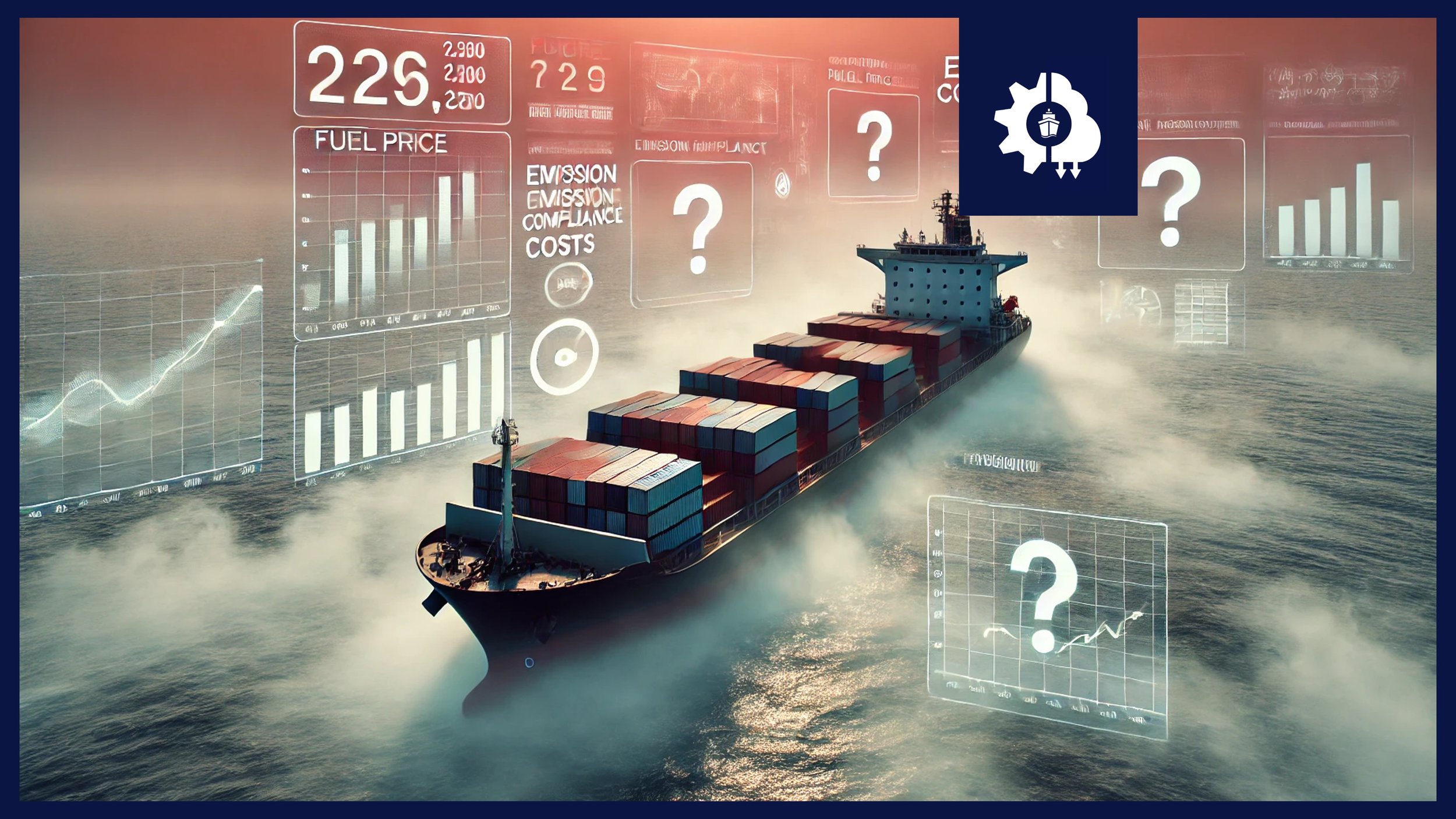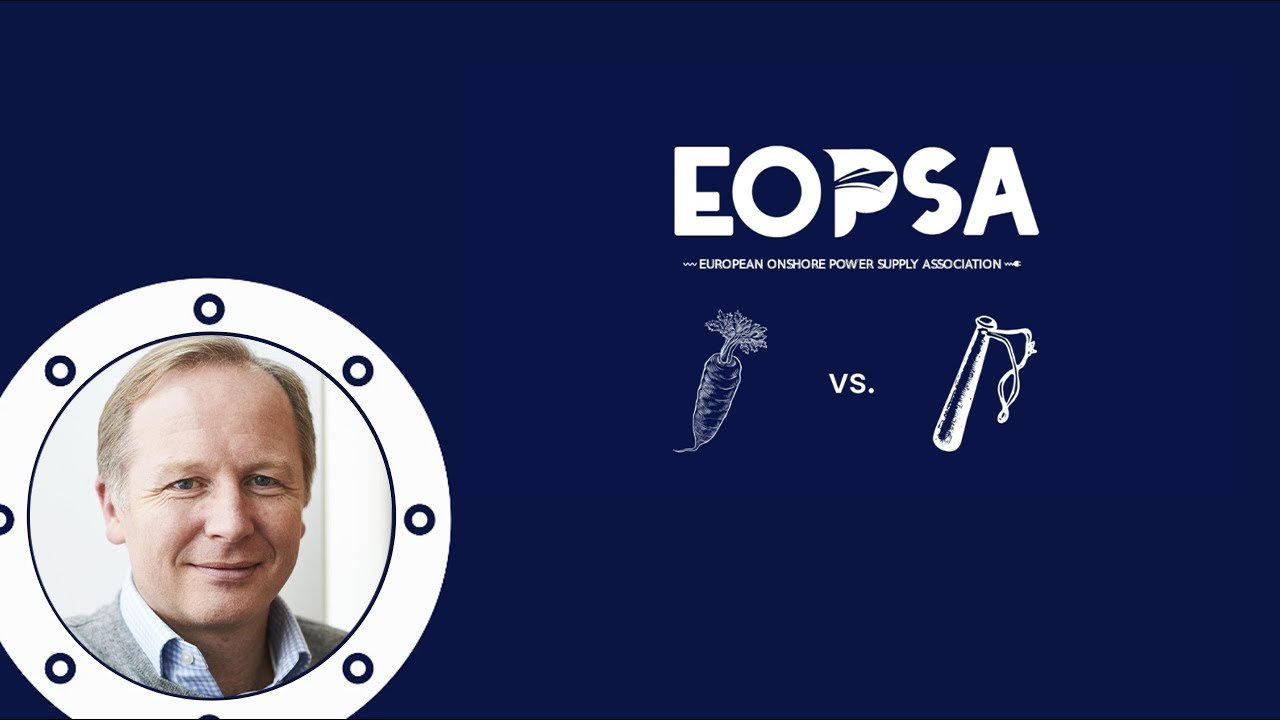Port of Marseille
Best efforts to deploy shore-side electricity from 2025 onwards, no mention of carbon neutrality
Sustainability ambitions and initiatives
There is no mention of a carbon neutral ambition by the port as of Q4 2022.
Signed shore power declaration at the One Ocean Summit 2022, agreeing to make best efforts to deploy shore-side electricity supply by 2028.
The Port of Marseille and the most active shipping companies in Marseille committed themselves, by signing a Blue Charter, to respecting rules that are much more stringent than national and international regulations. These include the use of shore power from 2025 for ships fitted with the equipment.
Shore Power
Marseille is the first port in France to offer quayside electrical connections for ferries to and from Corsica with La Méridionale in 2017 and Corsica Linea in 2019. Quays of the future Cap Janet international terminal, which by 2022-2023 will accommodate ships bound for or coming from North Africa, will also be connected to the electricity supply network.
Frequently Asked Questions
-
Or contact the helpdesk for any questions!
More Stories
This case study analyzes 10 marine fuels using an HFO-equivalent model to determine their full lifecycle costs, including fuel prices and regulatory compliance costs, from 2025 to 2050. The results highlight a critical tipping point in 2040, driven by the FuelEU Maritime regulation increasing carbon intensity reduction targets sharply from 14.5% to 31%. This blog provides shipowners with guidance on how to navigate these evolving cost scenarios and maintain competitiveness to ensure future-proof investments.
This case study determines the costs of compliance for a 3,000 TEU Panamax containership with respect to FuelEU and EU ETS. Estimated annual compliance costs for business as usual range from $2.5M in 2025 to $23M in 2050. Two different pathways are evaluated to determine mitigation options and OPEX costs: shore power and wind-assisted propulsion. Savings for shore power are approx. $400k per year in 2025, savings for wind-assisted propulsion are approx. $600k in 2025.
This case study calculates and compares EU ETS and FuelEU compliance costs for three major shipping companies: CMA CGM, Hapag-Lloyd and COSCO. From 2025 until 2050, these three companies will pay a total compliance cost of $54B (CMA CGM), $25B (Hapag-Lloyd) and $32B (COSCO).
This case study calculates and compares the compliance costs with regards to EU ETS and FuelEU for VLSFO, bio-methanol and e-ammonia. Results show that the averaged compliance costs for VLSFO between 2025 and 2050 are $966 per mT.
This case study determines the effects of pooling a fully electric small-sized chemical tanker with similar type vessels in the context of FuelEU Maritime. The results show that a single electric ship can include up to 69 ships in its pool in 2025, each ship consuming 2,555 mT MDO per year.
This is a case study that determines the impact of FuelEU Maritime on a shore power refit business case up to 2050, taking several ships and varying input parameters to determine the impact under multiple conditions. As FuelEU Maritime will make shore power mandatory in 2030 for passenger- and containerships, this tool will help to determine the impact of that regulation on your business case.
The FuelEU Maritime pooling mechanism is complex. The FuelEU Pool Tool makes it simple. Use this tool to compare cost impact of FuelEU, EU ETS and the fuel itself when pooling up to ten different ships. Blend different quantities of fuel, change fuel properties and compare the cost outlook until 2050 to make your very own FuelEU pooling strategy.
FuelEU is complex. The FuelEU Case Maker makes it simple. Use this tool to compare cost impact of FuelEU, EU ETS and the fuel itself for up to five different cases. Blend different quantities of fuel, change fuel properties and compare the cost outlook until 2050 to make your very own FuelEU strategy.
Watch this lunch and learn by EOPSA together with General Electric, in which we discuss the onshore and vessel aspects of shore power, including microgrids and using the Decarbonizer to determine the costs for shore power for your vessel.
Most ports have the ambition to become carbon neutral by 2050. This typically excludes vessel emissions and focusses on Scope 1/2 port operations only. A significant portion of ports around the world have signed shore power declarations to ‘deploy shore-side electricity by 2028 where possible’, including all large North Sea ports, Los Angeles, Montreal and all large Japanese ports. Cruise and container vessels are the primary target for most ports’ regulations and EU will start taxing vessels via EU ETS from next year onwards.
Four out of the five largest shipping companies have the ambition to be carbon neutral by 2050. Most shipping companies focus on alternative fuels for combustion. Preferred fuels that are currently considered are (bio)LNG and methanol.
Virtually all energy majors have 2050 as target date for carbon neutrality. Most focus solely on Scope I and II emissions. Ørsted and Equinor have the highest ambitions and most stringent targets. Repsol, Eni, Shell, TotalEnergies and BP are following suit.
In the next four years, you will be faced with a carbon tax of €200 - €300 carbon tax per mT fuel, mandatory use of shore power and low carbon fuels due to a these five regulations: FuelEU Maritime, EU ETS, AFID, RED, ETD.
Watch this lunch and learn with EOPSA Founding President Roland Teixeira de Mattos, who will tell all about EOPSA, its growth, its advocacy, its outlook and the broader topic of Port Energy.
Almost all rules and regulations apply to large ships of 5.000 gross tonnage or more and will only start to significantly impact your operations and OPEX as per 2026. While some vessels remain exempt, it is to be expected all vessels will be subjected to severe carbon reduction requirements that will significantly impact operations and easily double operational costs of measures are not taken in time.
Join Poul Woodall as we discuss the challenges of the upcoming Fuel EU regulations. It is one of the most stringent upcoming rules and regulations in terms of emissions for the shipping industry.
The US wants the global shipping industry to reduce its CO2 emissions to zero by 2050. That target is considerably more ambitious than that of the IMO, which is to reduce CO2 emissions by at least half by 2050.


















Operating an offshore workboat in the North Sea area until 2050 will impose significant financial and operational pressure due to tightening environmental regulations and mounting compliance obligations. Modelling of compliance costs shows a clear tipping point in 2040, with FuelEU Maritime becoming the dominant driver, although FuelEU currently applies to vessels above 5,000 GT only. Results for a large offshore workboat operating year-round in the North Sea show that the maximum projected cost exposure could reach up to $250 million between now and 2050.